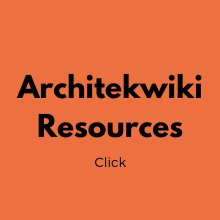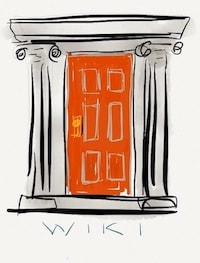It Is All About MoneyOne of the ways in which we attempted to distinguish ourselves from other firms was by taking care of our client’s money questions. In my opinion, and in my experience, too, money is usually the main thing that will undermine a project. I don’t want to have the money conversations after it has become an explosive topic. So right from the beginning we attempted to help our clients set up a sound budget. But before you can have a sound budget, you need a sound plan for the project. The only clients that I had who had a plan for their projects were public school clients. That was because once you determined the projected school enrollment, everything was pre-determined by the state. According to the standard AIA owner/architect agreements, the owner is responsible for providing a program and a budget. Except for the public school folks, not one client in my career lived up to this responsibility. So we ended up doing it for them. Eventually, we realized that this was why Schematic Design was always so over-budget. From that realization we began working on how to get paid for taking care of their responsibility. The following two articles were used to help our clients understand the issue. 'Need For Planning' Article |
x
Archives
February 2024
Categories
All
|
Architekwiki | Architect's Resource | Greater Cincinnati
© 2012-2022 Architekwiki
© 2012-2022 Architekwiki








